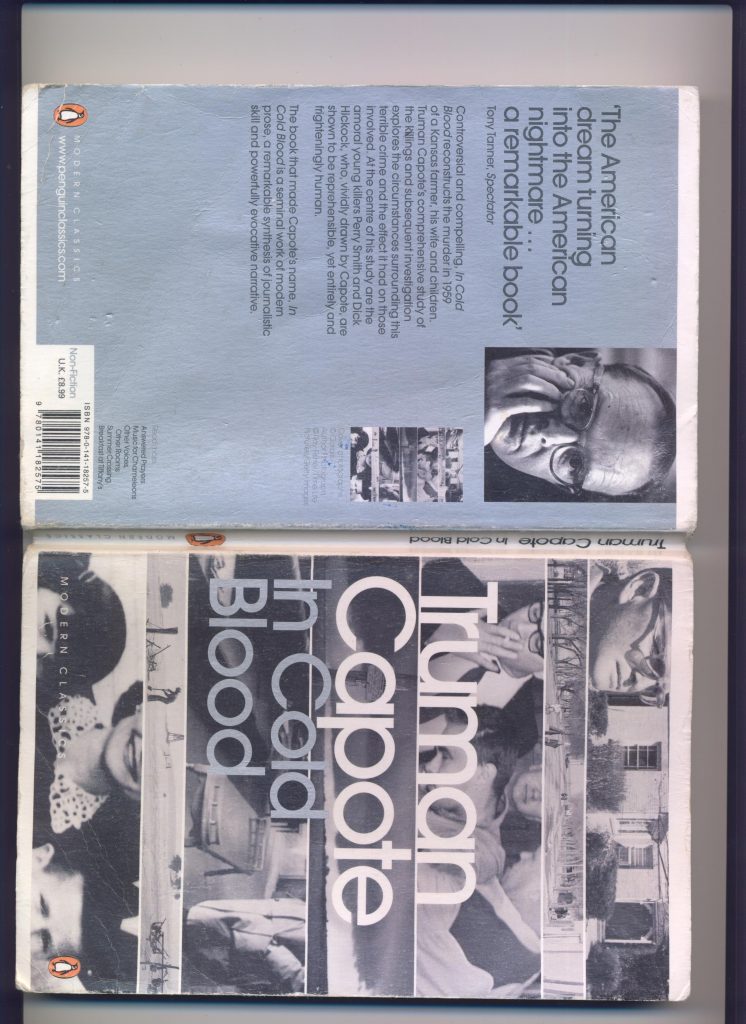
Truman Capote’s 1966 quasi-non-fictional novel, In Cold Blood, explores the gratuitous and savage murder of the Clutter family in Holcomb in 1959. Using omniscient narrative recounts, as well as a variety of factual and quasi-factual narrative strategies, Capote lures readers into the investigators’ world as they seek to deconstruct the motives of the killers, Dick Hickock and Perry Smith, who become embroiled in a bizarre, motiveless and clueless crime.
Capote is curious about the range of conflicting motives and circumstances that lead to the tragic murders which occur in such a seemingly random context. The fact that the reader is aware of the outcome of the murders right from the beginning does not diminish the dramatic impact.
Throughout the analysis of the Clutters’ murder, Capote juxtaposes a range of narrative recounts from different perspectives and intertwines the stories of the victims (the Clutters) with that of their killers. He inserts “eyewitness accounts”, documents, reports, newspaper articles, and diary excerpts to provide both a personal and an “objective” perspective.
To some extent, the deaths of the Clutters metaphorically reflect Capote’s views about the disruptive and prohibitive nature of the American Dream. For many, it represents a symbolic barrier and a cruel reminder of their exclusion. Perry Smith’s mythical construction of his own idiosyncratic dream acts as a parallel vision that enables Capote to highlight the flaws and social problems that lie at the ambivalent heart of the Dream.
For a detailed analysis of In Cold Blood: the themes, characters, narrative devices and contrasts, see our In Cold Blood notes. It also comprises 11 detailed essay plans and essays.